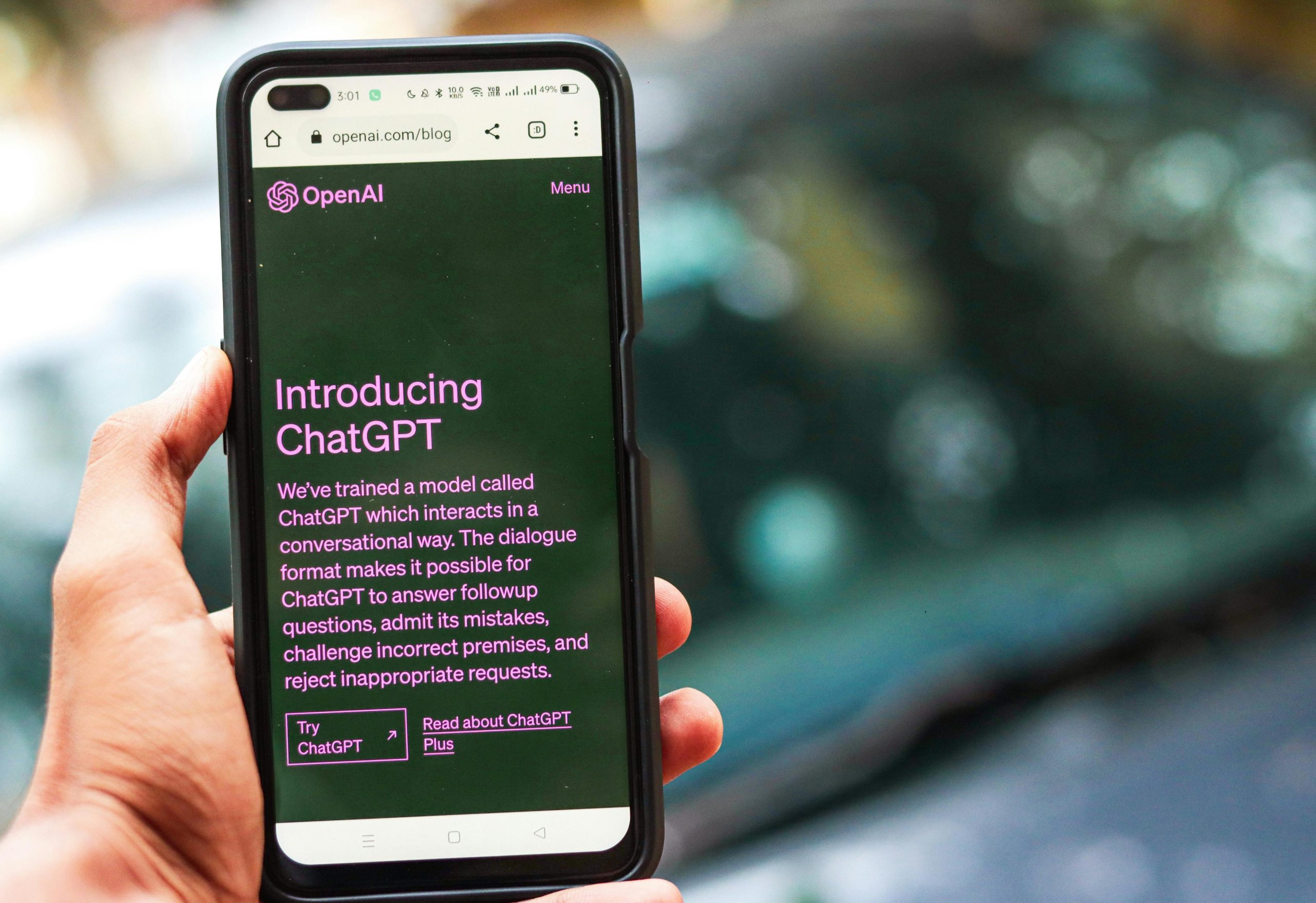Supporting a Local Food Bank: Steps to Launch and Manage a WordPress Website
Introduction
Supporting community organizations such as local food banks often involves technical challenges, especially when updating or establishing a web presence. If you’re new to website management but eager to help, understanding the key steps can make the process manageable. This guide covers essential considerations for launching a WordPress site and managing domain redirects, tailored for those with basic familiarity but limited technical experience.
Scenario Overview
A local food bank is in need of a new website. Previously targeted by web development scammers, the organization now aims to:
- Deploy a new WordPress site.
- Properly redirect an existing domain (landingsite.ai) to their new site.
- Decommission the old domain to avoid unnecessary costs.
While the local team has limited backend knowledge, you’re willing to assist with domain management, hosting, and site deployment.
Key Challenges Identified
- Domain Management Difficulties:
- The domain landingsite.ai is registered through a third-party platform, possibly GoDaddy, but the client does not have direct access.
-
The domain currently directs to an interface that permits DNS edits but lacks built-in redirect options.
-
Hosting and Site Deployment:
- You possess offline WordPress files, created by a previous developer, that need to be uploaded without disrupting the existing website.
-
You’re unsure how to securely upload and preview this site, ideally at a subpath like foodbankdomain.com/preview.
-
Existing Site and Domain Cleanup:
- Eventually, the goal is to redirect landingsite.ai to the new WordPress website, and then remove the old hosting to avoid recurring costs.
Recommended Approach
Step 1: Clarify Domain Ownership & Access
– Verify who currently manages the domain registration. If the client lacks access, assist them in contacting the registrar (likely GoDaddy) or arranging access.
– Alternatively, if domain transfer is possible, consider transferring domain management to a service with which you’re more comfortable.
Step 2: Configure DNS for Redirection
– DNS settings are typically managed via the registrar’s control panel. Since the current interface allows DNS edits, you can:
– Set up an A record pointing to the

